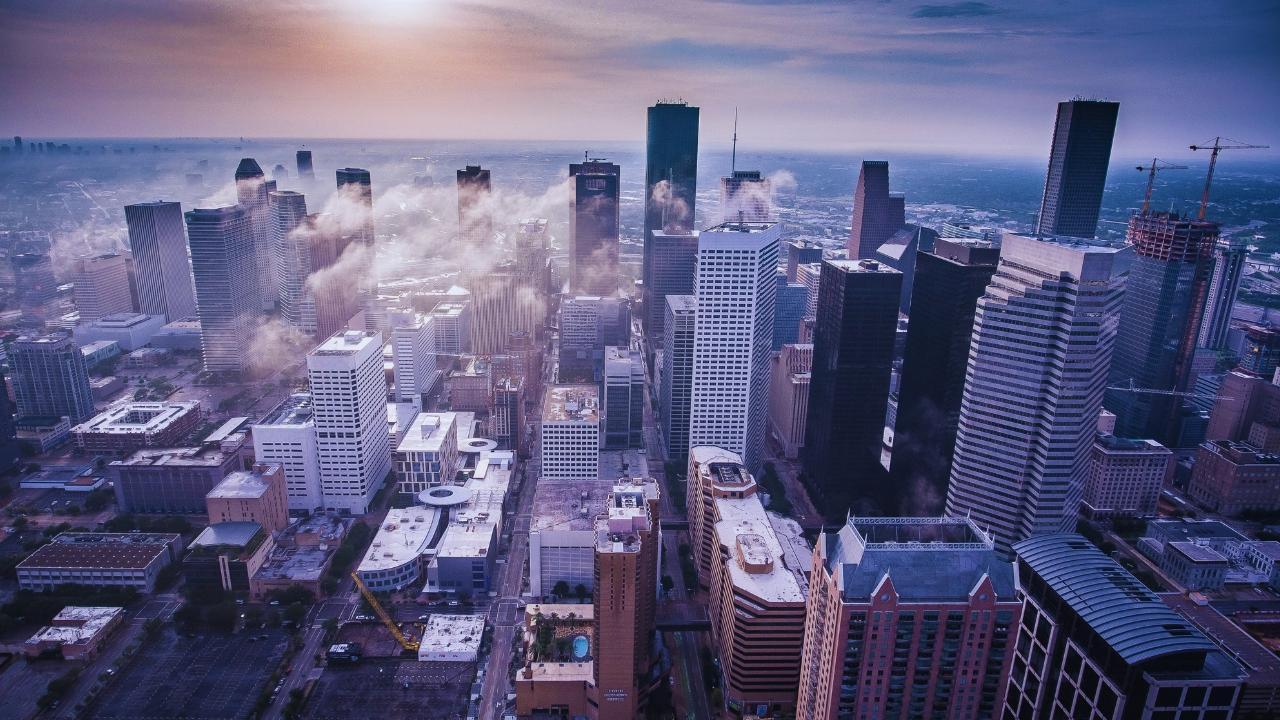
Post by : Anish
Dubai’s skyline is one of the most photographed in the world. From the needle-like Burj Khalifa to the sail-shaped Burj Al Arab, the city has long been defined by its fearless architecture. But now, more than a decade after the first wave of skyscrapers reshaped its identity, Dubai is back at it again—this time with even greater ambition, precision, and purpose.
This new phase isn’t just about height. It’s about redefining urban life through vertical spaces—adding more livable, intelligent, and sustainable towers to the city’s ever-evolving skyline. The second skyscraper boom is well underway, and it's setting the stage for what could become the most vertically advanced city on the planet. But in the midst of all this development, a fundamental question arises: Can Dubai outdo itself?
The story of Dubai’s architectural ascent began in the late 1990s and early 2000s, with the city embarking on a rapid urban transformation. Fueled by oil wealth and later tourism and trade, Dubai reimagined itself through vertical design. The Burj Khalifa, completed in 2010, symbolized more than just a height record—it marked the arrival of Dubai as a global capital of ambition.
Over the years, dozens of glass towers pierced the skyline, each competing to be taller, more luxurious, or more innovative. But after the 2008 financial crisis, growth slowed. The city shifted its focus to infrastructure, tourism, and business reforms. Now, as Dubai enters the 2020s, it’s making a comeback—not just to build higher, but smarter.
Today’s skyscraper projects in Dubai aren’t mere repetitions of past blueprints. They are adaptive to a changing world. The second boom is marked by an emphasis on sustainability, digital integration, and multipurpose design.
Take the upcoming Burj Azizi, set to stand taller than any current residential tower in the world. Unlike the Burj Khalifa, which serves primarily as a landmark, Burj Azizi promises a lifestyle ecosystem—blending residences, wellness hubs, and retail outlets in a single vertical village.
Another massive development is the Wasl Tower, a twisting skyscraper designed for optimal energy efficiency using ceramic fins that regulate heat and light. The tower also includes vertical farming components—a nod to the future of urban self-sufficiency.
Then there’s the Dubai Creek Tower—initially expected to surpass Burj Khalifa in height. While construction was paused, new reports suggest a redesign that could align with Dubai’s Expo legacy, smart city goals, and post-pandemic sensibilities.
Dubai’s ambitions are no longer unfolding in isolation. The regional skyline race is heating up. Jeddah Tower in Saudi Arabia, if completed, could outdo Burj Khalifa. Qatar and Bahrain are also pushing high-rise architecture as symbols of national progress. For Dubai, staying ahead means more than topping height charts—it means leading in livability, sustainability, and digital infrastructure.
That’s why the city is integrating AI-enabled building management, zero-carbon design principles, and modular construction techniques in many of its new projects. The goal? To ensure that vertical expansion contributes to environmental goals rather than contradicts them.
Dubai also understands that aesthetics alone don’t future-proof a city. Functionality is key. Future towers are being designed with pandemic-resilient features, touchless technologies, drone landing zones, and flexible interiors that can shift from offices to homes in a day.
Luxury in Dubai has traditionally been about gold fittings, marble floors, and panoramic views. But in this new era, the definition is shifting. Privacy, wellness, digital integration, and sustainability are the new currency of high-end real estate.
Developers are now offering residences with built-in air purification systems, personalized climate zones, and private lifts that go straight to your apartment. Amenities like women-only wellness floors, digital concierge services, and rooftop hydroponic gardens are not just rare—they're becoming standard in premium towers.
In essence, Dubai’s second skyscraper boom is changing what it means to live in a tall building. It’s no longer just about being seen. It’s about living well, living smart, and living responsibly.
Dubai has already embraced the smart city concept through initiatives like Smart Dubai 2021, but the real test lies in how skyscrapers can become intelligent vertical ecosystems.
New high-rises are being embedded with data-collecting sensors that help monitor everything from air quality to elevator usage. These sensors feed into central systems that optimize energy consumption, manage water recycling, and even predict maintenance needs. The goal is to reduce waste, increase safety, and enhance the resident experience.
Projects like One Za’abeel, which features the world’s longest occupied skybridge, are experimenting with such integration at scale. Its “urban vertical resort” concept blends smart hotel systems, luxury homes, and leisure spaces—all connected through real-time data flow.
But Dubai’s vertical race isn’t without obstacles. The sheer scale of ambition brings logistical, environmental, and economic challenges. Land scarcity is less of an issue than public skepticism: Does the city really need more skyscrapers? And who are they for?
There’s also the issue of market saturation. Dubai’s real estate sector has faced ups and downs, with reports of oversupply in certain residential segments. To ensure long-term viability, new skyscrapers must meet actual demand, not just vanity metrics.
Then there’s the question of identity. With so many vertical developments across the world, will Dubai’s towers continue to feel unique—or just one more tall structure in a crowded global skyline?
Interestingly, skyscrapers in Dubai aren’t just places to live or work—they’re becoming experiences. The Sky Views Observatory, The View at The Palm, and the AURA Skypool have transformed vertical spaces into tourism magnets.
With new towers now integrating viewing decks, sky lounges, and immersive digital installations, skyscraper tourism is being elevated (literally). Visitors don’t just observe Dubai from above—they interact with it through augmented reality maps, high-speed glass elevators, and even open-air glass walkways.
This fusion of entertainment and engineering could well be Dubai’s edge in maintaining its global architectural brand.
Perhaps the most crucial factor in the second skyscraper boom is sustainability. Dubai aims to become a net-zero city by 2050, and vertical development will play a critical role in that journey.
Many new towers are LEED-certified, using recycled materials, solar panels, and greywater recycling systems. Vertical gardens and shaded facades are being implemented to reduce heat absorption. Building Information Modeling (BIM) is helping architects and engineers simulate a building’s lifetime environmental impact before a single brick is laid.
In a desert climate, these innovations are not just impressive—they’re necessary.
Burj Khalifa was built as a symbol of ambition. What about the next generation of towers? Their legacy may not lie in their height but in how they serve people and the planet.
As Dubai matures, its skyscrapers must evolve beyond awe and into purpose. That’s where its second boom becomes different from the first. It’s no longer just about outdoing other cities—or even itself. It’s about creating vertical spaces that are inclusive, conscious, and resilient.
Skyscrapers can’t just be monuments; they must be communities.
The answer lies not in records broken, but in lives improved. Dubai’s second skyscraper boom reflects a deeper shift—from spectacle to substance, from height to harmony.
The city may very well build taller towers in the years to come. But more importantly, it is already building smarter, greener, and more human-centric vertical spaces. That, in itself, is outdoing the past—and perhaps defining the future.
This article is intended for informational purposes only. While every effort has been made to ensure accuracy at the time of writing, skyscraper projects, construction timelines, and related data may evolve or change. Readers are advised to consult official Dubai government sources, real estate developers, or verified news channels for the most up-to-date information on current projects. The views presented reflect general industry trends and do not constitute financial or investment advice.
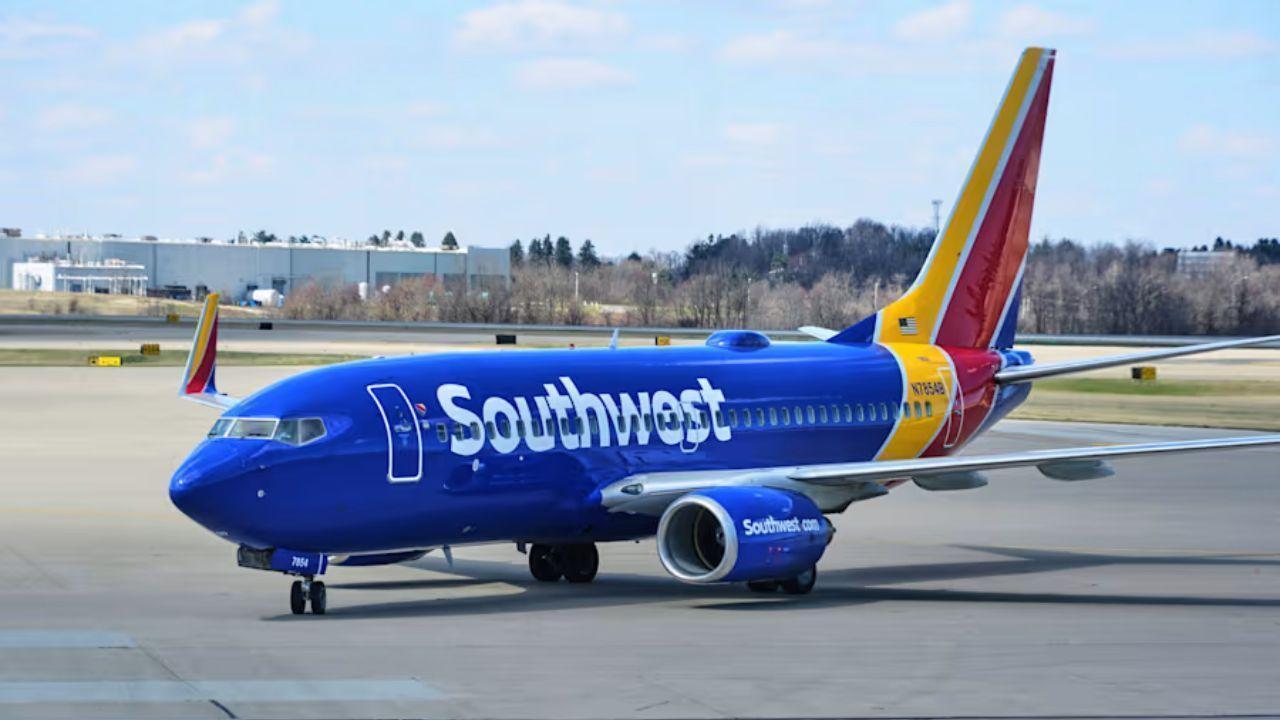
Southwest Flight Dodges Jet, 2 Attendants Injured Midair
A Southwest flight from Burbank to Las Vegas made a sharp dive to avoid another jet, injuring two at
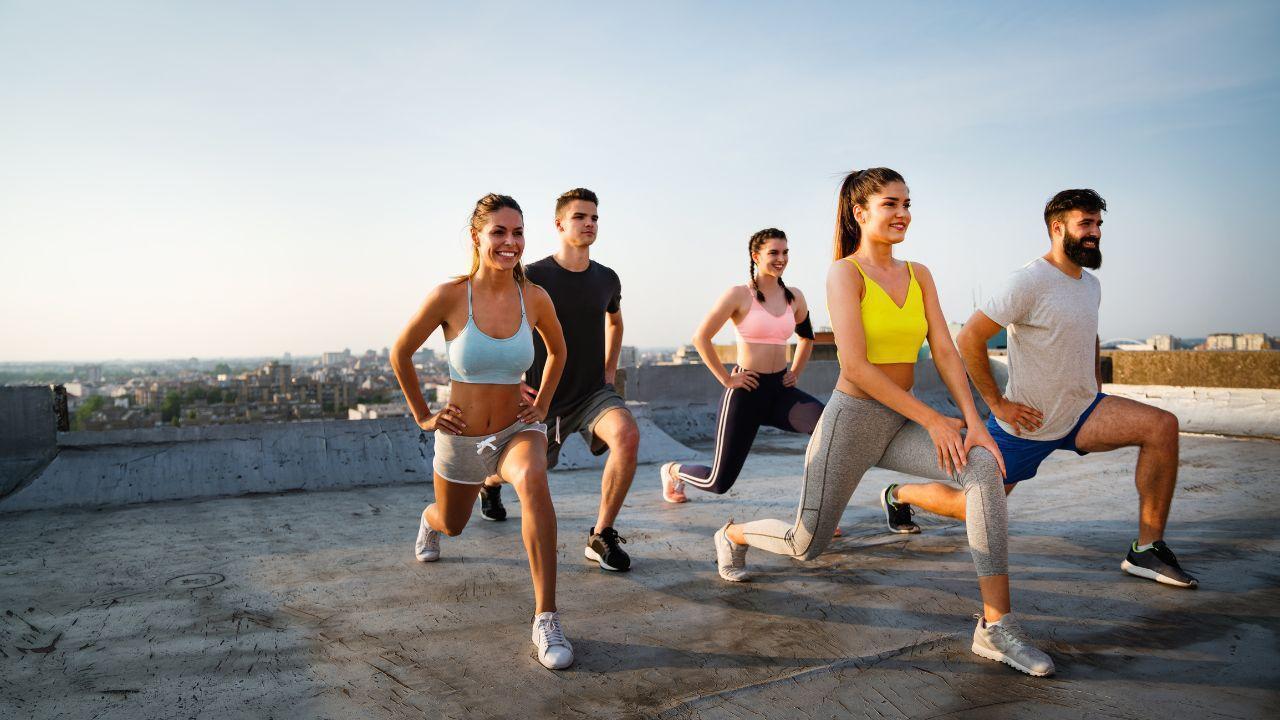
Hamdan bin Mohammed Starts ‘Dubai Mallathon’ Walking and Fitness Event
Crown Prince Hamdan bin Mohammed launches the exciting ‘Dubai Mallathon’—a fun walking and fitness e
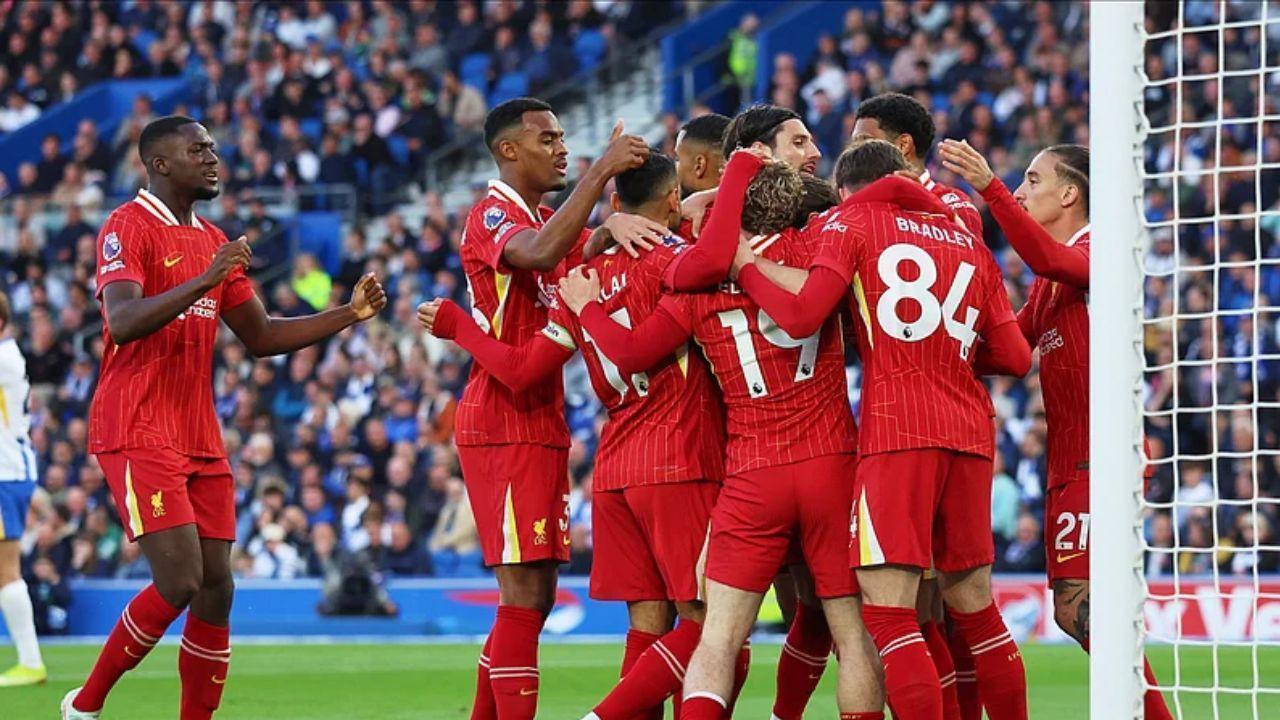
Liverpool Vs AC Milan: Friendly At Kai Tak Stadium
Liverpool faces AC Milan in a pre-season friendly on Saturday at Kai Tak Sports Park, Hong Kong. Mat

7 Must-Watch Murder Mystery Shows on OTT Before Mandala Murders
Get ready for suspense and thrills! Watch these 7 gripping OTT murder mystery shows that will keep y
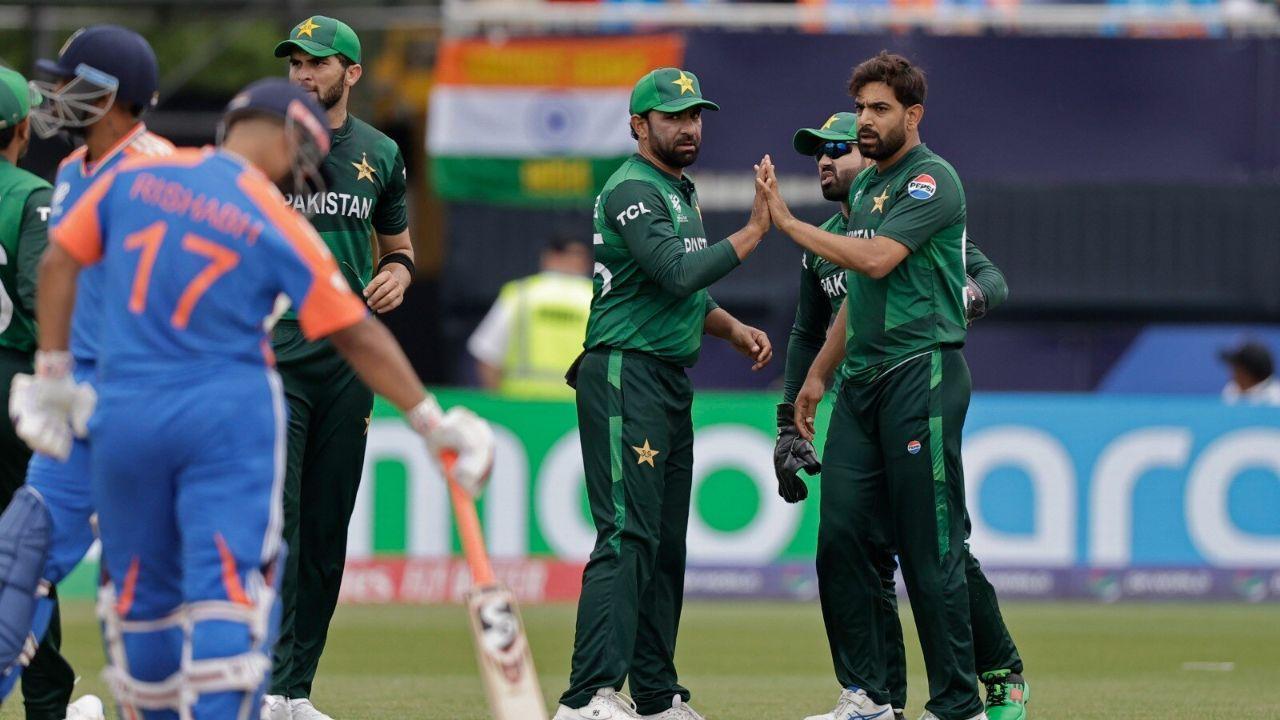
Asia Cup 2025 To Be Held In UAE From September 9 To 28
ACC confirms Asia Cup 2025 will be played in UAE from Sep 9-28 in T20 format. India is official host
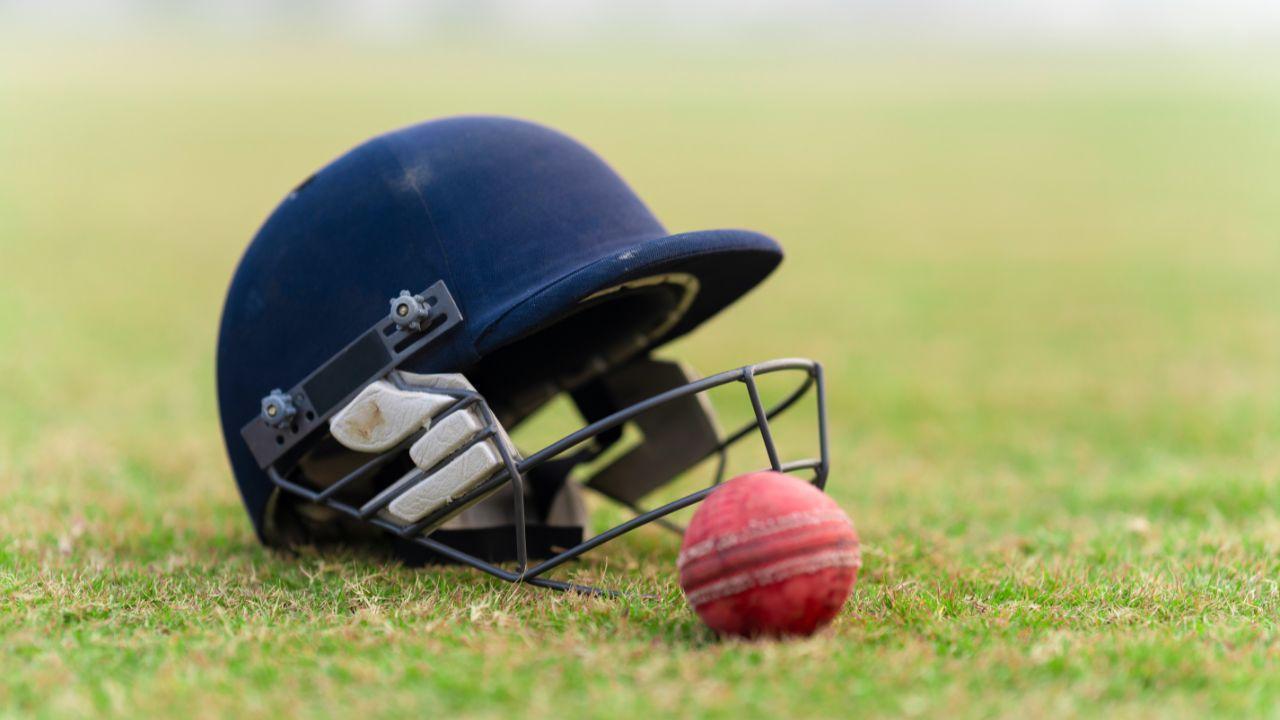
Tim David Hits Fastest T20I Century for Australia with 11 Sixes
Tim David made history by smashing the fastest T20I century for Australia, hitting 11 massive sixes
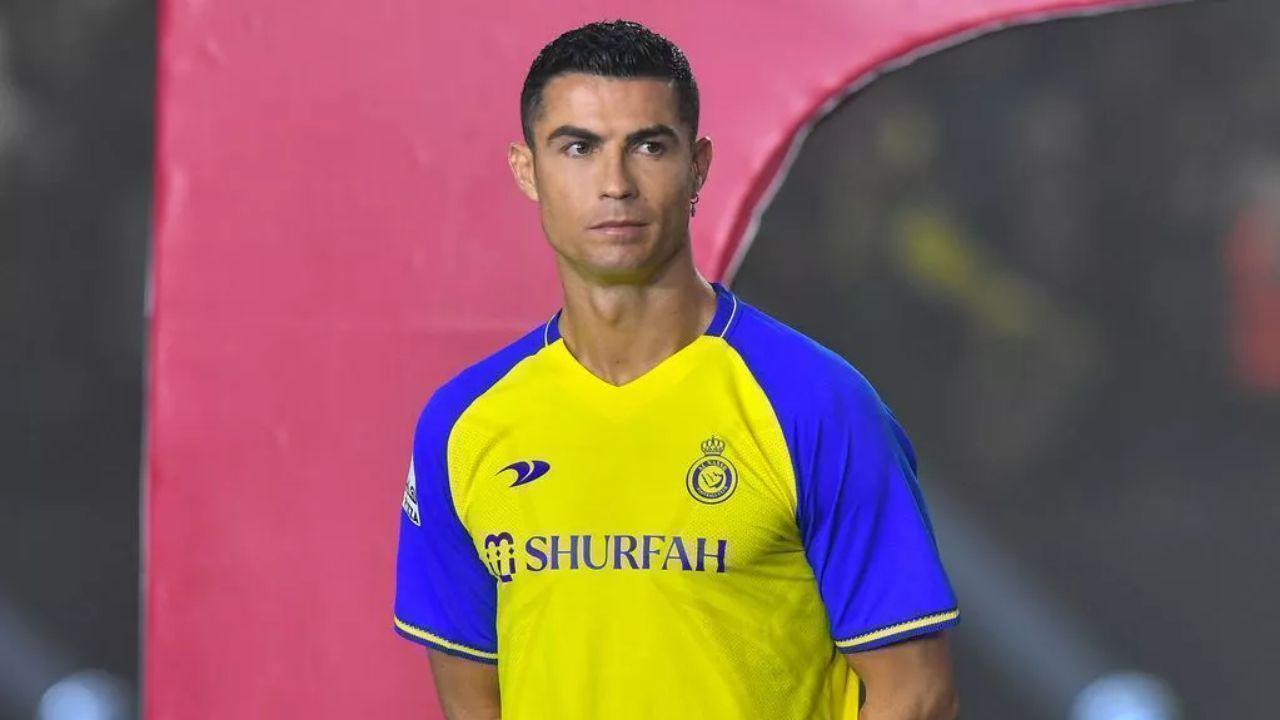
Cristiano Ronaldo Now Eyes 1,000 Career Goals by 2027
Cristiano Ronaldo, now with 923 career goals, targets 1,000 by 2027. At age 40, he continues to scor
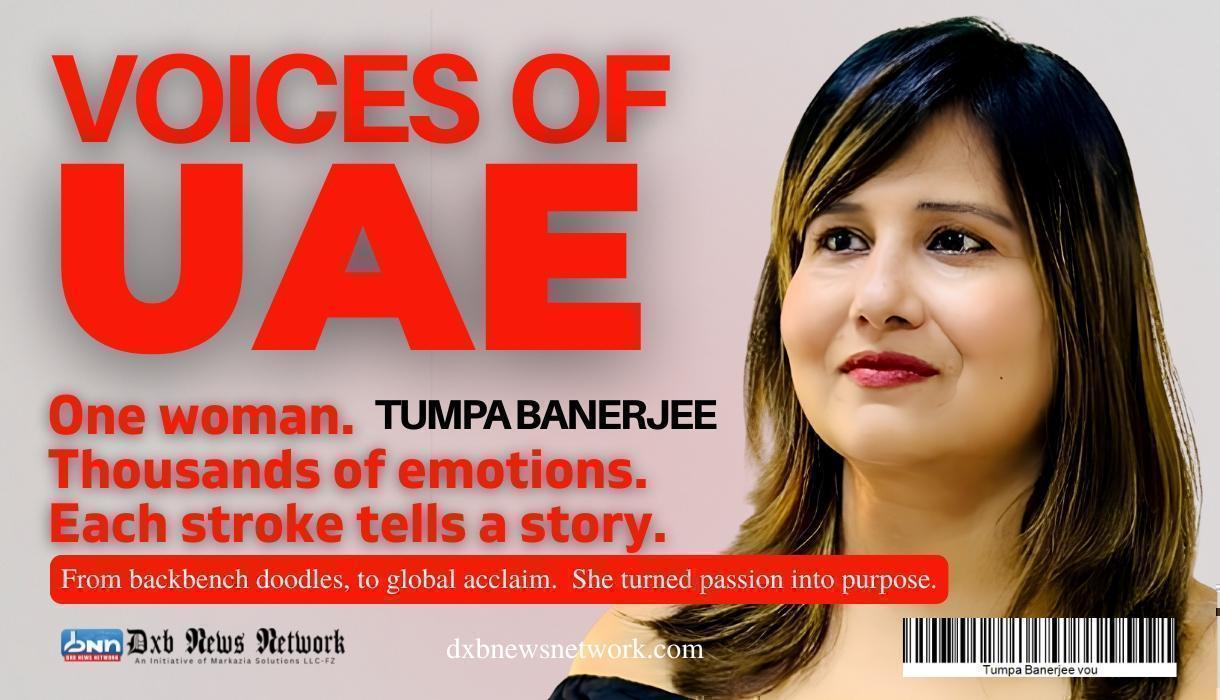
Voices Of UAE - One woman. Thousands of emotions. Each stroke tells a story.
From backbench doodles, to global acclaim. She turned passion into purpose.
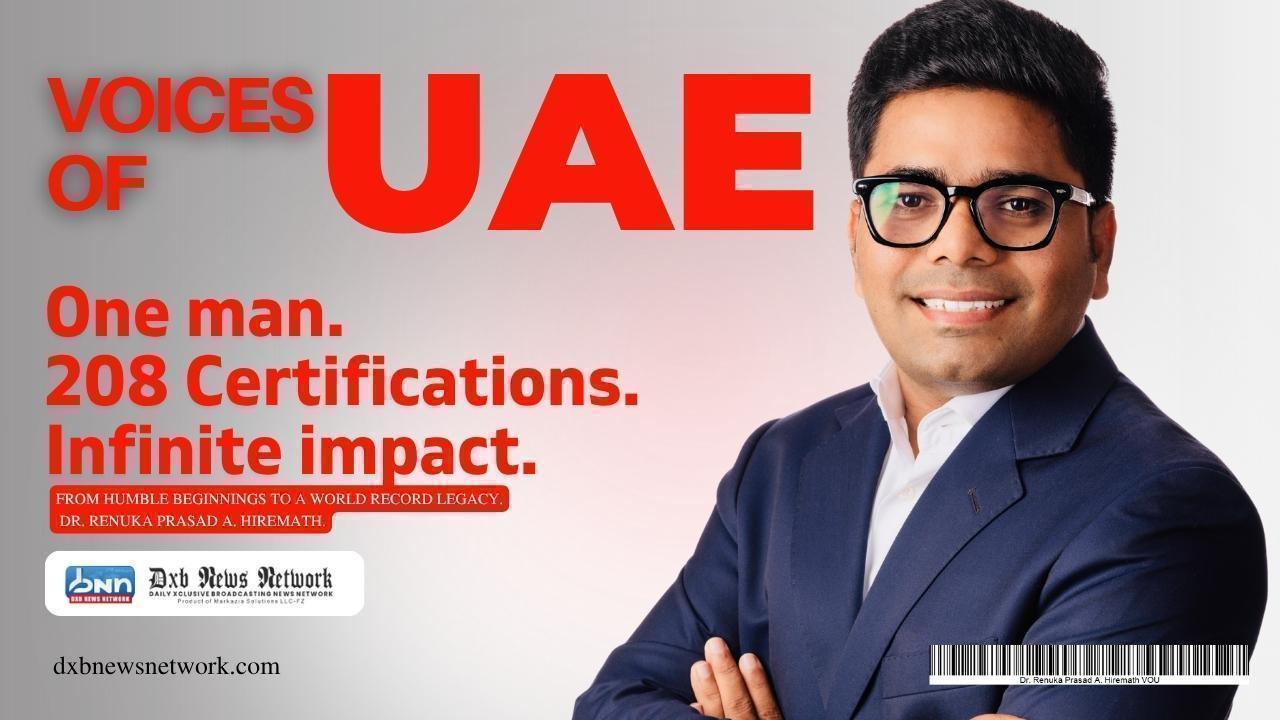
Voices of UAE - One Man. 208 Certifications. Infinite Impact- Dr. Renuka Prasad A. Hiremath.
India’s Eternal Pride. The UAE’s Adopted Son. A Global Architect of Excellence.
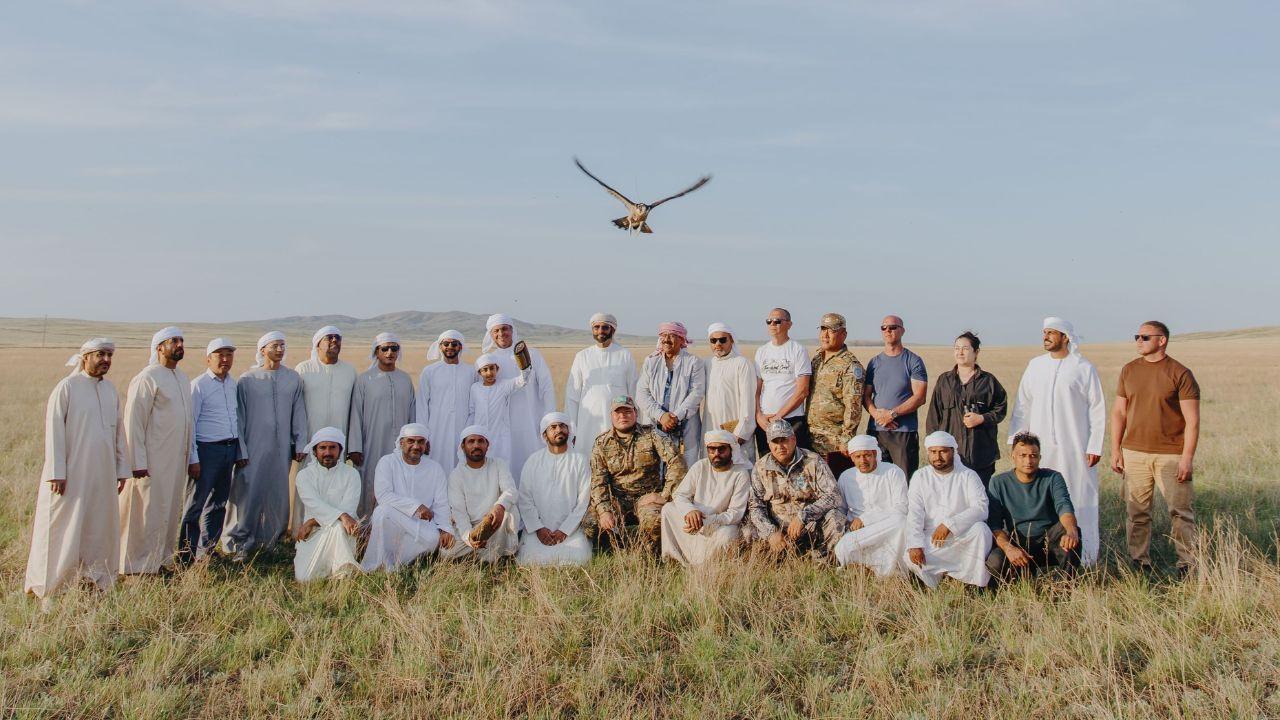
Sheikh Zayed Falcon Programme Releases 81 Falcons In Kazakhstan
The Sheikh Zayed Falcon Release Programme released 81 falcons in Kazakhstan, marking its fourth deca
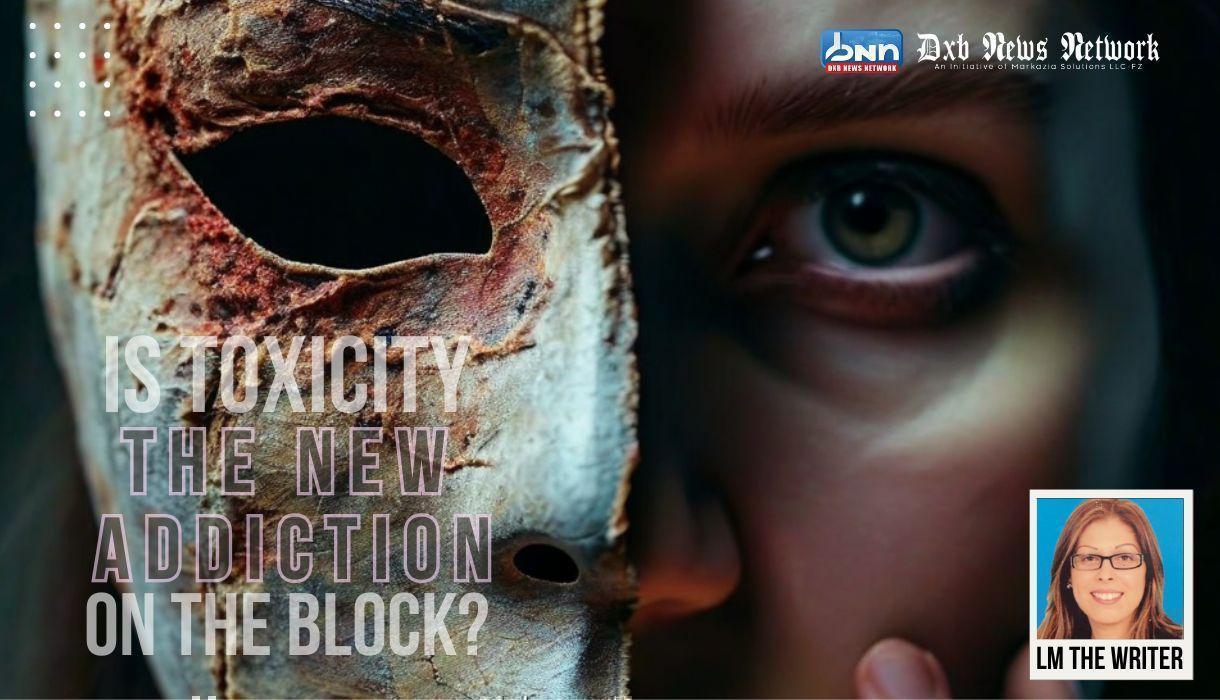
Is Toxicity the New Addiction on the Block?
Toxic people choose their behavior, Their victims never chose the damage. Losing Toxic people is a
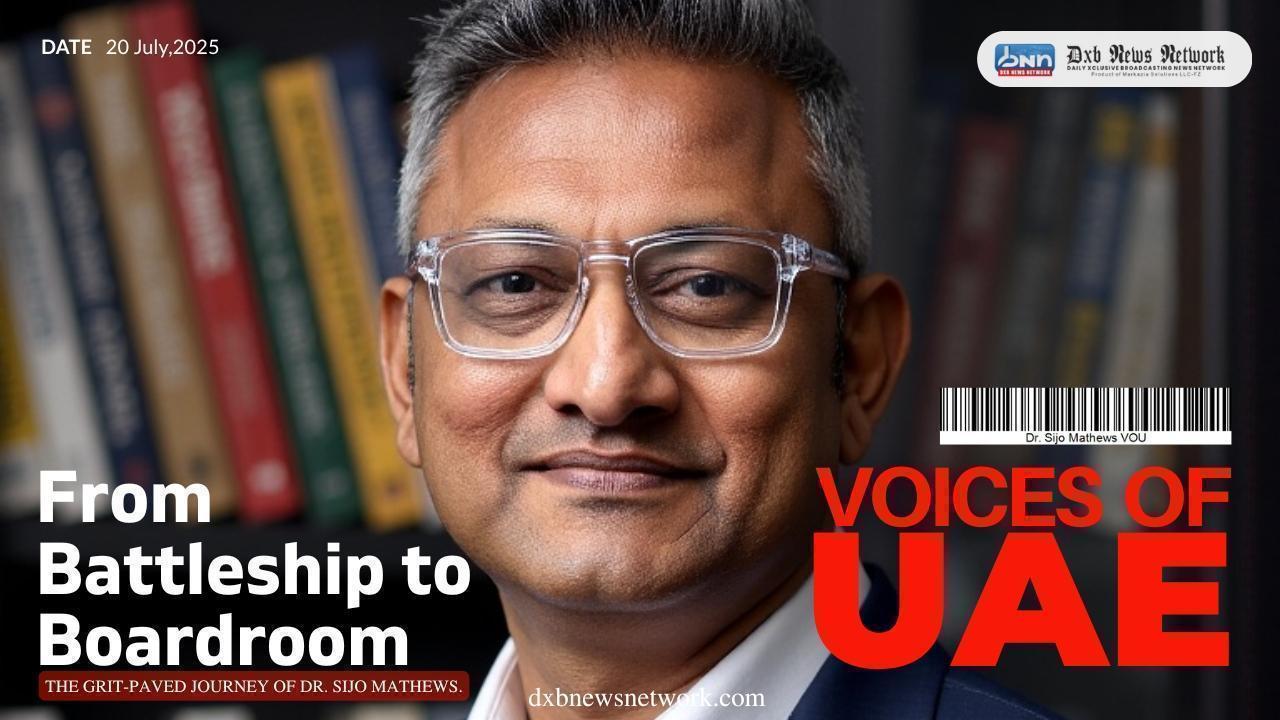
Voices of UAE-From Battleship to Boardroom: The Grit-Paved Journey of Dr. Sijo Mathews.
Not every hero wears a cape. Some wear uniforms.

Slap Fighting Championship Returns to Dubai with International Lineup at The Space.
Slap Fighting Championship
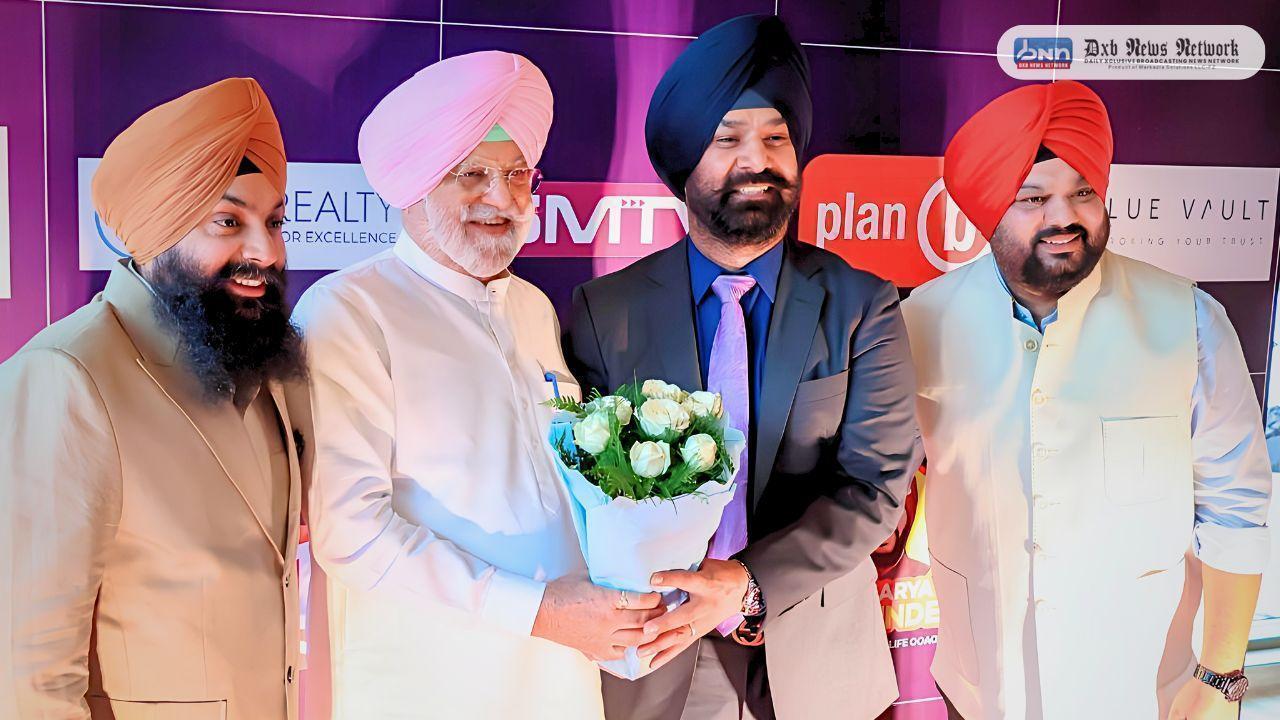
Dubai-Based Real Estate Strategist Champions Indo-UAE Startup Ties at BuildXPunjab 2025
Jasmeet S Anand champions Indo-UAE startup ties at BuildXPunjab 2025
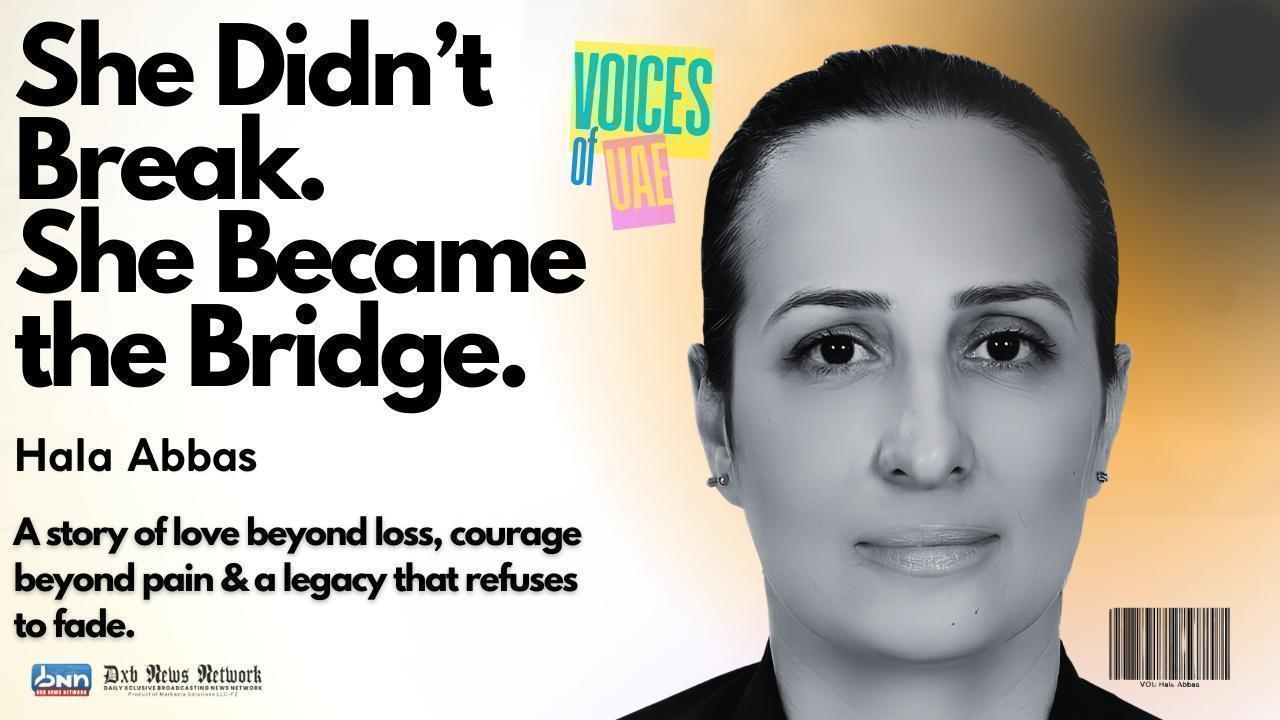
A Mother of Two Angels: Hala Abbas and the Legacy of Love, Loss, and Rare Courage
Journey Hala Abbas